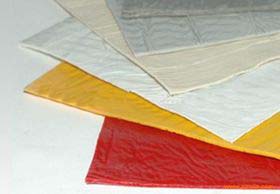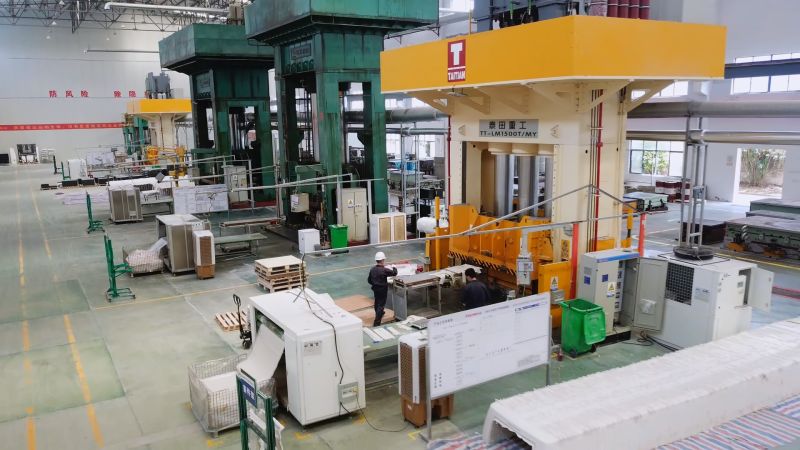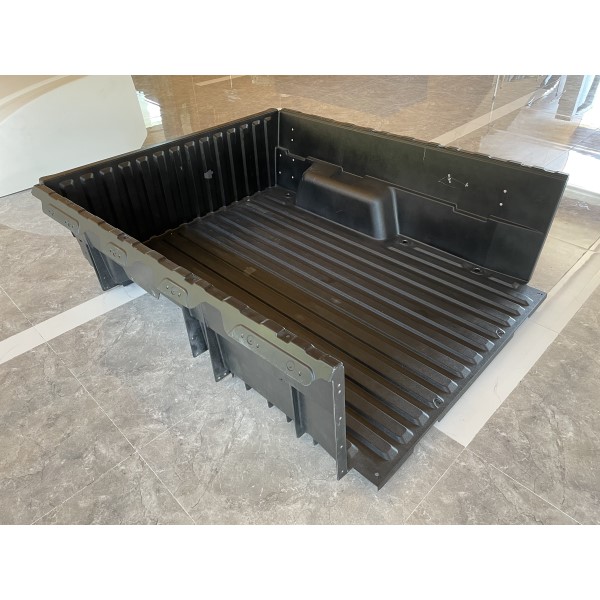Composite materials have become increasingly integral in various industries, offering lightweight yet robust solutions for a wide array of applications. Sheet Molding Compound (SMC) stands out as a prominent composite material, renowned for its versatility and performance. But what exactly is the process of SMC production?
SMC is produced through a methodical process that involves several key steps:
- Raw Material Preparation: The process begins with the selection and preparation of raw materials. These typically include thermosetting resins such as polyester or vinyl ester, reinforcing fibers such as glass or carbon, fillers, and additives. The raw materials are precisely measured and mixed to achieve the desired composition and properties.
- Sheet Formation: Once the raw materials are prepared, they are fed into a mixer where they are thoroughly blended into a homogeneous mixture. This mixture is then formed into continuous sheets of uniform thickness using a combination of rollers or extrusion processes.
- Reinforcement: The reinforcing fibers, usually in the form of chopped strands or mats, are evenly distributed onto the surface of the sheet. These fibers provide strength and stiffness to the final composite product.
- Molding Process: The prepared sheets are then transferred to a mold cavity, where they undergo compression molding. In this step, the sheets are subjected to high pressure and temperature within the mold, causing the resin to cure and the composite to take the shape of the mold cavity. This process typically takes place in a hydraulic press or a similar molding apparatus. SMC mold plays a crucial role in shaping the composite material.
- Curing: The molded composite is allowed to cure under controlled conditions, typically involving heat and pressure, to ensure complete polymerization of the resin matrix. This step is crucial for achieving the desired mechanical properties and dimensional stability of the final product.
- Trimming and Finishing: Once the curing process is complete, the molded parts are trimmed to remove excess material and achieve the final shape. Additional finishing processes such as painting, coating, or machining may also be employed to meet specific requirements.
- Quality Control: Throughout the entire manufacturing process, stringent quality control measures are implemented to ensure that the SMC products meet the required specifications and standards. This may involve inspection of raw materials, in-process monitoring, and testing of finished parts for mechanical, thermal, and dimensional properties. SMC tooling aids in ensuring the precision and quality of the final SMC products.




The versatility, durability, and cost-effectiveness of SMC make it a preferred choice for a wide range of applications, including automotive components, electrical enclosures, aerospace structures, and construction panels. By understanding the intricate process of SMC production, manufacturers can harness the full potential of this advanced composite material to meet the ever-evolving demands of modern industries.
